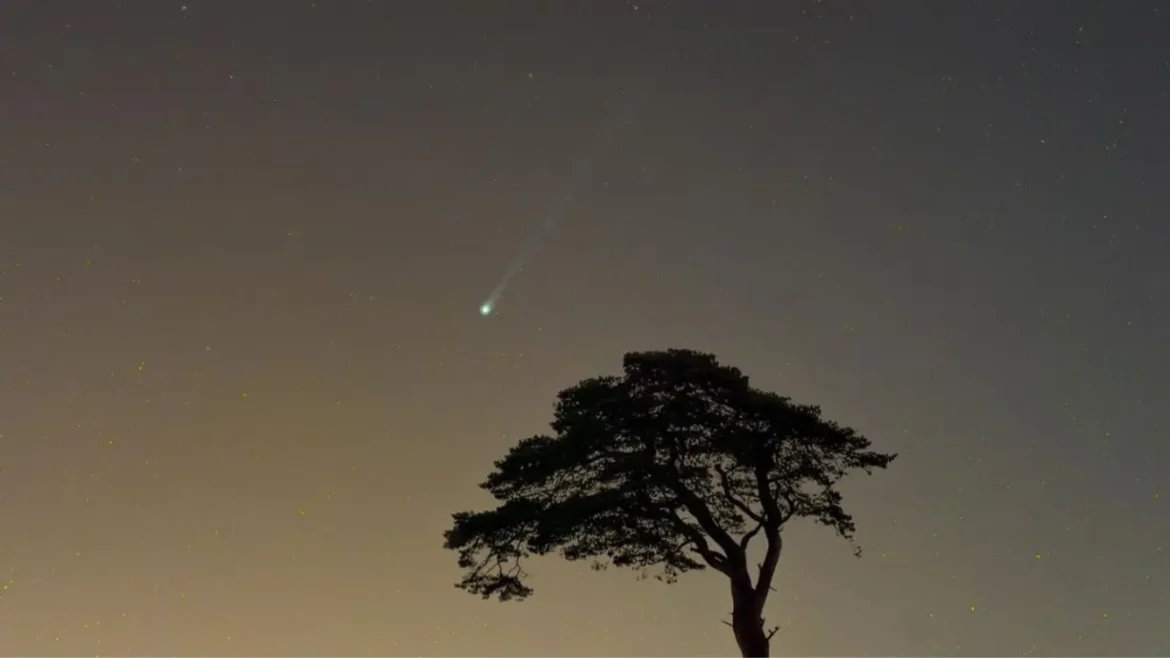A comet the size of Mount Everest is coming very close to Earth in the next few weeks. It will come close to Earth for the first time in nearly a century. It is also visible to the unaided eye. That comet is known as 12P/Pons-Brooks. The Devil Comet is another name for it.
The comet got its name from a horn-shaped explosion of ice and gas on its surface last year. The comet will reach very close to the sun on April 21. Around this time, it started to get brighter in the sky.
Meanwhile, astronomers from different countries around the world are seeing it with the help of binoculars or telescopes and taking great pictures of it. It will come very close to Earth on June 2. At this time, its distance from Earth will be 144 million miles.
Comet 12P/Pons-Brooks approaches Earth periodically. A comet orbiting the sun enters the solar system every 70 years. Astronomer Jean-Louis Pons discovered the first comet in 1812. William Robert Brooks, an astronomer, saw it once more in 1883. It is named after them. The last time the comet came close to the sun was in 1954. Then, in 2095, it may approach the sun again.
The comet will appear in the constellation Taurus by April 21. It will then be best visible in the evening from the northern hemisphere. At this time, it will appear near the west and north-west horizons.
It will appear brighter as it moves closer to the sun throughout April. But Robert Massey, deputy executive director of the Royal Astronomical Society of the United Kingdom, said, ‘As bright as it looks in the picture, it may not look as bright in reality. It is visible to the unaided eye if the moon is not present in the sky. It is visible if there is no light pollution or clear skies. But if you have a telescope, it will be easy to see.
From that location, one can see the US solar eclipse on April 8. The mobile app is also available for download by those who are interested. As with other comets, the main constituents of 12P/Pons-Brooks are metal, ice, and dust. As the comet gets closer to the sun, heat-escape gas and dust particles form the comet’s atmosphere. In addition to this, the solar wind also forms a comet tail. The 21-mile-radius comet has recently become the center of interest for astronomers due to some unusual features.


